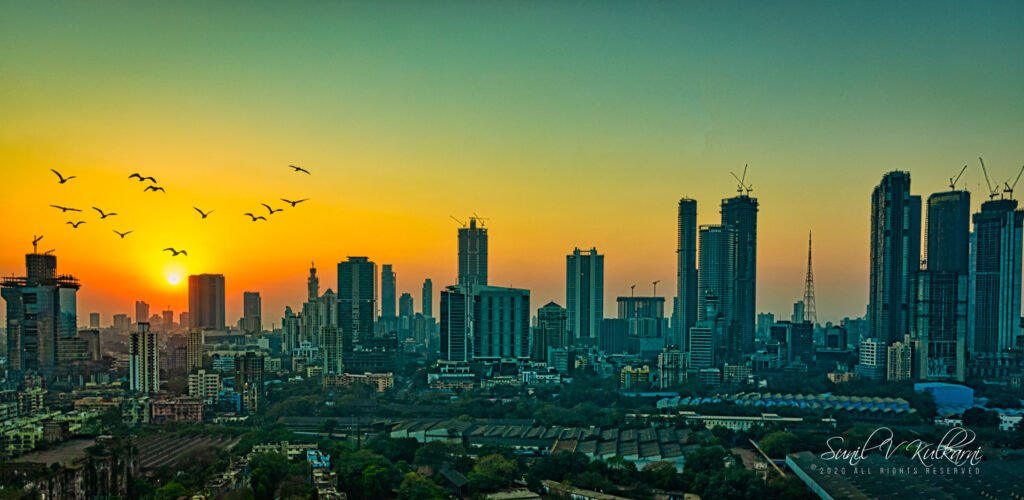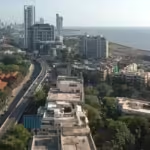In Q1 2024, Mumbai achieves the greatest sales, with over 1,300 luxury flats, showing a 15% year-over-year growth.From January to March 2024, sales of luxury homes costing more than ₹4 crore and beyond increased by 10% year over year in seven major cities. In the period under review, the luxury segment’s percentage share of total residential unit sales amounted at around 5%, as per the ‘India Market Monitor Q1 2024’ report published by CBRE South Asia.
The data shows that from January to March of this year, sales in this price range totaled 4,140 units across seven major cities, up from 3,780 units in the same time last year.
From January to March of 2024, there was a nearly 64% YoY rise in new luxury category unit releases.
Based on statistics pertaining to housing unit sales priced at ₹4 crore and above, Mumbai saw the largest growth in unit sales during the review quarter, with a 15% year-over-year rise in luxury category homes. During the reviewed period, sales in Delhi-NCR decreased to 1,150 units from 1,880 units.
Sales in Bengaluru decreased from 70 to 10 units. Kolkata had a decrease from 110 to 70 units. Pune had a multi-fold increase in sales, from 150 to 700 units. Sales in Hyderabad increased from 380 to 800 units.
Given that around 45% of the country’s total luxury stock has been added in only the previous five years, India’s luxury residential real estate market has experienced strong expansion. Between 2019 and now, the category has expanded throughout the gateway cities at a CAGR of more than 9%.
Furthermore, Mumbai is the market leader in the luxury sector, holding over 40% of the nation’s total luxury inventory from January to March 2024. Top executives and Bollywood stars are among the many HNIs and UHNIs drawn to the city, which is a well-known and highly sought-after market.
Due to their prime locations, Altamount Road, Nepean Sea Road, Worli, Prabhadevi, Juhu, and Bandra (West) in Mumbai have significant capital values; the typical ticket size there is frequently between ₹20 and over 60 crore. Apartments costing more than ₹100 crore are occasionally mentioned as well.
Delhi-NCR comes in second, holding more than 25% of the nation’s stockpile of luxury goods from January to March 2024.
Delhi and NCR’s high-end market
Similar to Mumbai, the southern portion of Delhi is home to the majority of the city’s luxury real estate, with neighborhoods like Amrita Shergill Marg, Golf Links, and Prithviraj Road demanding average ticket prices of between ₹40 and ₹60 crore. Gurgaon has become one of the region’s most well-known luxury markets in recent years.
Gurgaon’s standing as a posh destination was enhanced by the COVID-19 epidemic, which increased demand for gated complexes. Average ticket sizes for locations like DLF Phase I/II, Golf Course, and Golf Course Extension are usually in the range of ₹10 to 20 crore.
Moreover, Hyderabad, which has seen impressive expansion fueled by a pro-business atmosphere, takes third place with about 10% of the nation’s luxury inventory. Both the supply of luxury flats and the demand for them have increased throughout the city. Sales of tickets with average sizes ranging from ₹20 to over ₹40 crore have been reported in areas like Jubilee Hills, Banjara Hills, Hitech City, Raidurg, and Neopolis.
Homes costing between ₹45 lakh and ₹1 crore accounted for 47% of all sales.
Between January and March 2024, total residential sales across all categories approached 85,000 units, representing an 8% year-over-year increase. In Q1 2024, developers introduced over 80,000 new housing units due to a sustained surge in demand. With a 47% share of overall sales from January to March 2024, mid-end projects (priced between ₹45 lakh and ₹1 crore) emerged as the primary driving force behind sales, followed by high-end (₹1 to ₹2 crore) and cheap projects (up to ₹45 lakh).
Together, Bengaluru, Mumbai, and Pune accounted for over 65% of the total sales. During January to March 2024, however, unit releases in Hyderabad, Pune, and Mumbai accounted for about 69% of the total.
The luxury real estate market in India exhibits strong foundations for long-term growth, supported by steady rises in household income and purchasing power. A section of discriminating purchasers who value quality, financial responsibility, and a higher standard of life are expected to be fostered by these factors, according to Anshuman Magazine, chairman and CEO of CBRE’s India, South-East Asia, Middle East, and Africa division.


